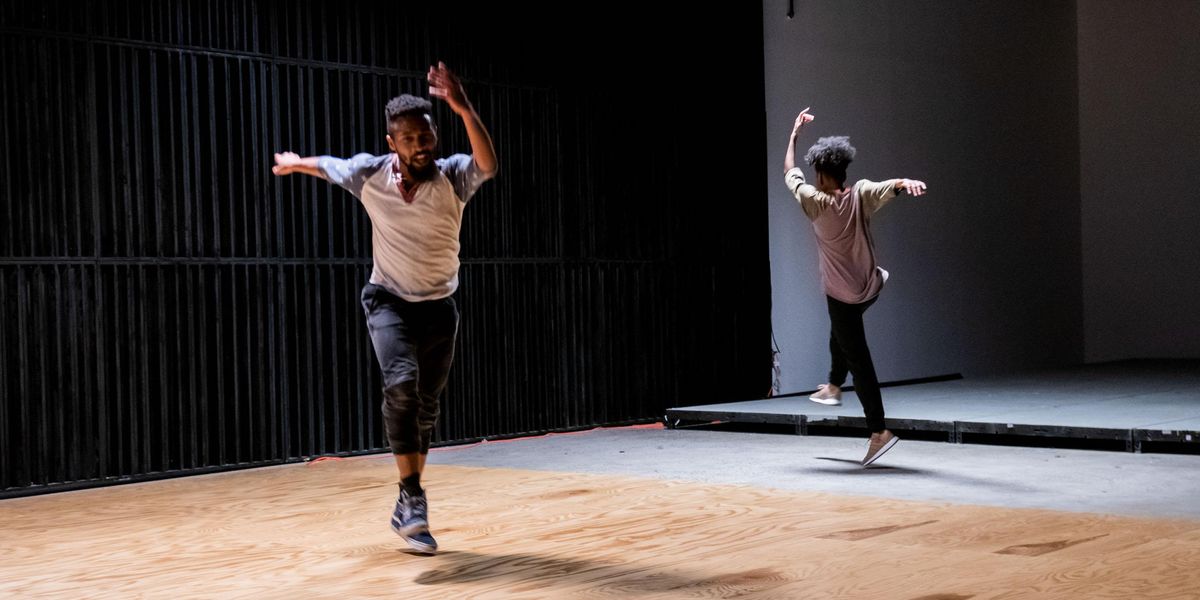This New Virtual Festival Centers BIPOC and LGBTQ+ Artists
BlackLight Summit, a new initiative convening BIPOC and LGBTQ+ dance artists around themes of legacy, citizenship and scholarship, culminates in a virtual festival March 4–6. Hosted by the Clarice Smith Performing Arts Center at the University of Maryland, the festival plans to offer classes, workshops and performances led by emerging contemporary dance artists.
In developing BlackLight, director Tariq Darrell O’Meally decided to specifically engage pre-professionals by housing the festival within a university setting and offering it for free during the school year. It’s open to dancers from universities, local high schools and organizations that serve vulnerable communities. Over the virtual three-day summit, Los Angeles–based choreographer Micaela Taylor and Johnnie Cruise Mercer, of New York City, will teach classes and perform. Baltimore natives Candace Scarborough and Jamal Abrams will also curate an evening performance in partnership with Dance Place.
BlackLight is an evolution of Dimensions Contemporary Dance Festival, curated by O’Meally in 2019, which was created for the NextLOOK series at the Clarice to promote emerging artists of color based in the DC area.
O’Meally’s aim from the start was to build something from scratch with BIPOC and LGBTQ+ individuals at the center. Planning for BlackLight was well underway when the pandemic and last summer’s racial reckoning further exacerbated the needs of dance artists—particularly those of color—preparing to enter a field that may take years to recover.
“What’s been really impressive about Tariq and why he’s been such a valuable team member is that he thinks beyond dance,” says the Clarice’s acting executive director, Erica Bondarev Rapach. “Dance is his lens, but the conversations that we dream about happening at the Summit go beyond dance. That’s what’s really powerful about it.”
Roundtable discussions intentionally put new, emerging, mid-career and established artists together to talk shop. The aim is to establish reciprocal relationships between generations of artists to tee up the next round of dance leaders.
The March event also marks the culmination of an eight-month career-readiness program pairing 15 mentors with students from 11 regional universities to assist them with transitioning into the dance field. “One of the things that I’ve been committed to is the notion of collective community and the overlap of artists from different generations,” O’Meally says. “How do we build futures that don’t look exactly like our pasts?”




